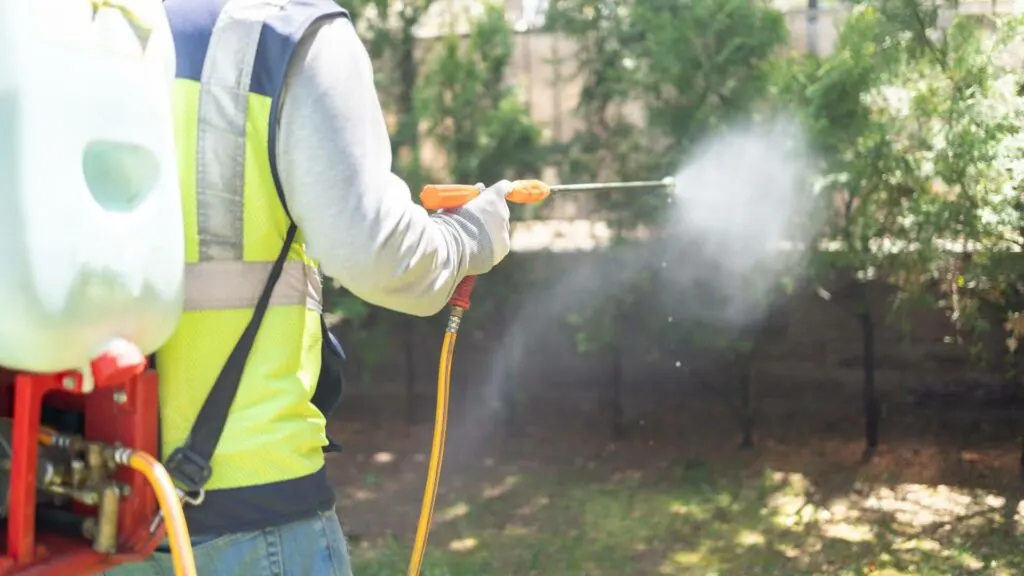Discovering that your family home has become the abode of unwanted pests can feel both unnerving and invasive. These uninvited guests do not only pose health risks but can also cause significant damage to your property. Fortunately, proactive measures can significantly reduce the likelihood of a pest infestation. This guide outlines a comprehensive, six-step strategy to safeguard your home, paying close attention to professional pest control alongside practical, preventive methods.

Step 1: Partner with Professional Pest Control Services
The foundational step in protecting your home from pests involves the expertise of professional pest control services. Pest control professionals bring knowledge, resources, and experience, making them adept at identifying potential risks and eradicating any existing infestations swiftly. As explained by the team behind stopzbugs.com, they can offer tailored solutions to your specific situation, whether you’re dealing with rodents, insects, or more elusive pests. An annual inspection can be an investment in peace of mind, catching problems before they escalate. Remember, the cost of professional pest control is often far less than the expense and heartache of repairing pest-related damages.
Step 2: Seal Up Cracks and Openings
Pests often enter homes through the smallest of openings, seeking shelter, food, or water. Conduct a thorough inspection of your home’s exterior and seal up any cracks, holes, or gaps in the foundation, walls, and around windows and doors. Caulking these openings not only deters pests but can also improve energy efficiency. Pay particular attention to areas where utilities and pipes enter the home, as these are common entry points that are easily overlooked.
Step 3: Keep Your Kitchen Clean
Maintaining a clean kitchen is crucial as it acts as your second line of defense against unwanted pests. Tiny crumbs, accidental spills, and easily accessible garbage serve as open invitations for ants, cockroaches, and rodents, turning your kitchen into a hotspot for these unwelcome visitors. By regularly cleaning countertops with disinfectant, meticulously sweeping floors to remove food particles, and diligently managing waste to avoid overflow, you can significantly reduce the likelihood of attracting pests into your home. Moreover, ensuring all food items are stored in airtight, sealed containers and that garbage cans are equipped with tight-fitting lids will further deter pests by preventing easy access to food sources. Implementing these practices not only keeps your kitchen cleaner but also contributes to a healthier living environment by minimizing the risk of pest-related issues.
Step 4: Manage Moisture and Drainage
Many pests, including termites and specific varieties of ants, have a natural attraction to areas with high moisture levels. To safeguard your home against these unwanted invaders, effectively managing moisture both inside and outside your dwelling is of paramount importance. Address any leaky plumbing immediately, as even minor drips can create hospitable environments for pests. Ensure that the area around your home’s foundation has proper drainage to prevent water from pooling, which can attract pests and even lead to structural damage over time. In damp areas of your home, such as basements and crawl spaces, the use of dehumidifiers can significantly reduce moisture levels, making these spaces less inviting to pests. Additionally, it’s essential to maintain your gutters by keeping them clean and in good repair. Clogged or damaged gutters can lead to water accumulation around your home, further increasing the risk of pest infestations.
Step 5: Landscape and Garden Maintenance
The maintenance of your yard and garden plays a vital role in pest prevention. Trim vegetation regularly to prevent direct access to your home, and remove any debris or clutter that could serve as shelter for pests. Woodpiles, garden tools, and even children’s toys can become hiding spots for rodents and insects. Consider planting pest-repellent plants, such as lavender, mint, or chrysanthemums around your home’s perimeter as an added layer of defense.
Step 6: Educate Your Household
Finally, education is key to ensuring that your household’s habits contribute to a pest-free environment. Teach everyone about the importance of sealing food, disposing of garbage properly, and attending to spills and crumbs promptly. Encourage routines that support pest prevention, like storing seasonal clothing in sealed containers and decluttering regularly to avoid giving pests places to hide.

By taking these proactive steps, you can significantly reduce the risk of pests making themselves at home in your residence. The battle against pests is ongoing, requiring vigilance and consistency. Remember, safeguarding your home against pests is not only about protecting your property but also about preserving the health and wellbeing of your family. Hopefully, with these tips, you can enjoy a pest-free home for many years to come.

Jessi is the creative mind behind The Coffee Mom, a popular blog that combines parenting advice, travel tips, and a love for all things Disney. As a trusted Disney influencer and passionate storyteller, Jessi’s authentic insights and relatable content resonate with readers worldwide.
